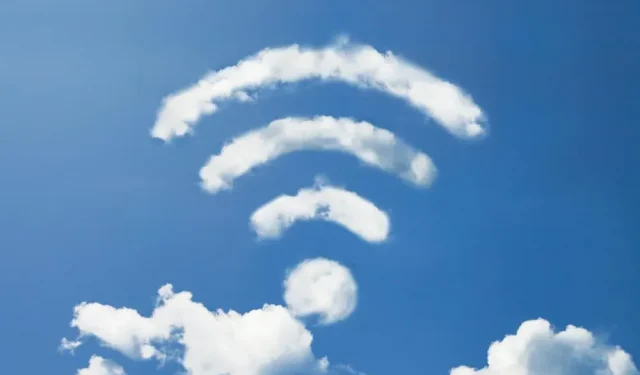Wi-Fi 7 has not officially launched yet, but a lot of work has been done on its specifications. Here’s what you need to know.
Some time ago, it was necessary to detect Wi-Fi 6. Today, Wi-Fi 6E devices are entering the market. And get ready, Wi-Fi 7 will be here soon. Here’s what to expect from next generation wireless connectivity and when the first compatible products hit store shelves.
As you’ve probably guessed by now, Wi-Fi 7 is designed to increase speed. Thus, equipment capable of supporting it will be able to operate at higher throughput than ever before. Technically, we’re talking about IEEE 802.11be Extremely High Throughput (EHT), and Wi-Fi 7’s official name is expected to be announced soon.
An IEEE paper – very interesting for a technical dive into Wi-Fi 7 – describes the standard as promising not only for transmission speed and bandwidth, but also “for several revolutionary changes in Wi-Fi that will form the basis of the future evolution of Wi-Fi”. MediaTek promises that this standard will be a real replacement for wired Ethernet connections.
What are the benefits for the general public
Until this standard hits devices, some of the specs we’ll be talking about are subject to change, but this should give you an idea of where Wi-Fi is heading. it is said that the general public will have access to higher speeds.
Like Wi-Fi 6E, Wi-Fi 7 operates in the 2.4, 5 and 6 GHz frequency bands, supporting speeds up to 30 Gbps. That’s a big step up from the 9.6Gbps top speed promised by Wi-Fi 6E, though as always, these are just theoretical numbers far from what you can get at home.
Wi-Fi 7 uses a lot of tricks to improve performance. One is the use of a single channel bandwidth of 320 MHz compared to 160 MHz in the previous generation. This will increase the speed and bandwidth of your devices. Combined with the introduction of 6GHz, this should help reduce device-to-device interference, which is important for all of our smartphones, tablets, laptops, consoles, smartwatches, smart speakers, etc. to try to connect at the same time.
Another important aspect is latency. And there will be improvements again. Wi-Fi 7 will use various methods to ensure that the maximum number of requests are served with minimum delay. One of them is Multi-Link Operation (MLO), which represents the best way for products to keep multiple connections open in multiple ranges at the same time.
The technology known as MU-MIMO (Multi-User, Multiple-Input, Multiple-Output) also plays an important role here: the maximum number of supported streams for client devices will increase from 8 to 16, which will offer more capacity in a smaller size. track.
Many of Wi-Fi 7’s enhancements—from time-dependent networks (TSN) to quadrature amplitude modulation (QAM) to orthogonal frequency division multiple access (OFDMA), for example—require a great deal of technical knowledge, but they all facilitate data transfer. faster, to more devices simultaneously and more efficiently.
The goal is to meet the needs of modern Internet users who spend a lot of time watching or streaming video, making video calls, playing online, immersing themselves in virtual and augmented reality and, of course, connecting dozens of devices to a single wireless router. in one corner of their house.
Coordination between hotspots will also allow for a better Wi-Fi 7 network so that mesh networks, which have become well-democratized in recent years, can manage data and devices more efficiently. The idea is to always be able to connect more devices at higher speeds, even if they are mobile.
What Wi-Fi 7 certainly can’t do is speed up your connection where you live, and until ISPs offer you better, these improved Wi-Fi technologies won’t change your life. Thus, enterprises and industry will benefit in the first place.
It will also certainly be a long time before we see the first Wi-Fi 7 compatible devices. While the specs have been under consideration for a few years now, this new generation may not officially debut until later this year, and the first consumer products won’t arrive until much later. In other words, don’t worry, your new Wi-Fi 6 or 6E router still has time to spare.
As usual, Wi-Fi 7 devices will be backwards compatible: they will work just fine with your old hardware. This way, you can gradually update your housing without changing everything at once.


